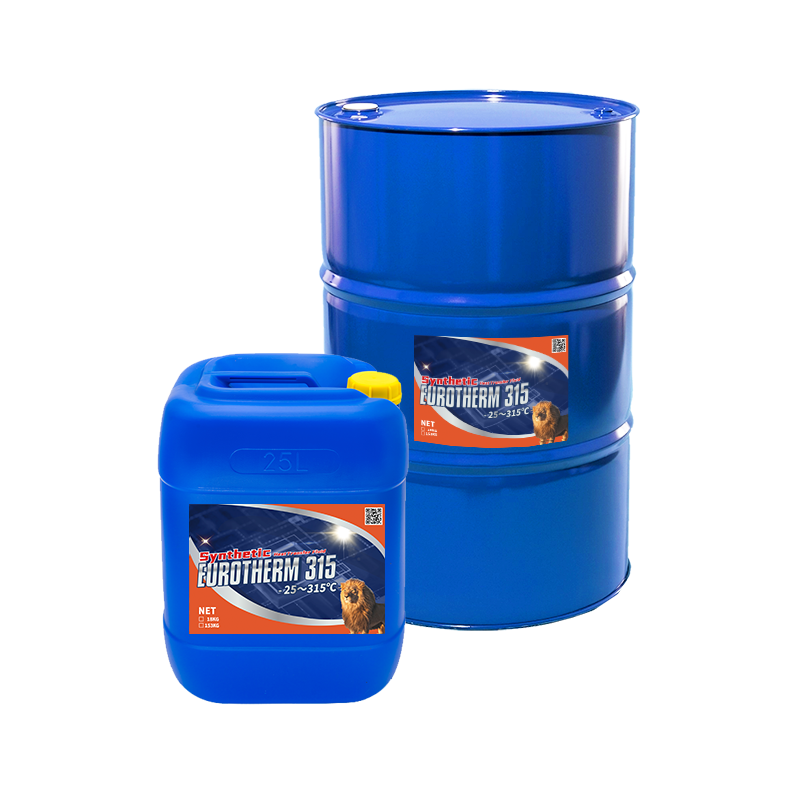The Best Strategy To Use For Chemie
The Best Strategy To Use For Chemie
Blog Article
Examine This Report on Chemie
Table of ContentsThe Buzz on ChemieChemie Things To Know Before You BuyThe Main Principles Of Chemie Everything about ChemieChemie - The FactsNot known Details About Chemie
By Bojanna Shantheyanda, Sreya Dutta, Kevin Coscia and David SchiemerDynalene, Inc. Liquid cooling, which can be accomplished using indirect or direct methods, is made use of in electronics applications having thermal power densities that might go beyond secure dissipation with air cooling. Indirect liquid cooling is where heat dissipating electronic parts are literally separated from the fluid coolant, whereas in instance of direct air conditioning, the parts are in direct contact with the coolant.In indirect air conditioning applications the electrical conductivity can be important if there are leakages and/or spillage of the liquids onto the electronics. In the indirect air conditioning applications where water based fluids with corrosion inhibitors are typically made use of, the electric conductivity of the fluid coolant mainly depends upon the ion concentration in the liquid stream.
The boost in the ion concentration in a shut loop fluid stream may take place because of ion leaching from steels and nonmetal elements that the coolant liquid touches with. During operation, the electrical conductivity of the fluid might raise to a degree which might be unsafe for the cooling system.
The Definitive Guide for Chemie
(https://lite.evernote.com/note/3d3ec09a-e81d-b543-d9b7-bf30421b11cc)They are grain like polymers that can exchanging ions with ions in a solution that it touches with. In the existing work, ion leaching examinations were executed with different metals and polymers in both ultrapure deionized (DI) water, i.e. water which is dealt with to the highest degree of pureness, and low electrical conductive ethylene glycol/water mix, with the measured adjustment in conductivity reported in time.
The samples were allowed to equilibrate at area temperature for 2 days prior to tape-recording the first electrical conductivity. In all examinations reported in this research study liquid electrical conductivity was gauged to a precision of 1% utilizing an Oakton CON 510/CON 6 series meter which was adjusted before each measurement.
The Main Principles Of Chemie
from the wall home heating coils to the center of the heating system. The PTFE example containers were placed in the heating system when steady state temperature levels were reached. The test arrangement was removed from the heating system every 168 hours (7 days), cooled to space temperature level with the electrical conductivity of the fluid measured.
The electrical conductivity of the fluid sample was kept an eye on for an overall of 5000 hours (208 days). Schematic of the indirect shut loophole cooling experiment set up. Elements made use of in the indirect closed loop cooling experiment that are in call with the fluid coolant.

Unknown Facts About Chemie
The adjustment in liquid electrical conductivity was kept an eye on for 136 hours. The liquid from the system was accumulated and kept.

0.1 g of Dowex resin was included in 100g of liquid samples that was absorbed a separate container. The blend was stirred and transform in the electric conductivity at room temperature level was measured every hour. The determined adjustment in the electrical conductivity of the UP-H2O and EG-LC test liquids including polymer or steel when involved for 5,000 hours at 80C is revealed Number 3.
Some Of Chemie
Number 3. Ion seeping experiment: Calculated modification in electrical conductivity of water and EG-LC coolants including either polymer or metal examples when immersed for 5,000 hours at 80C. The results indicate that metals contributed fewer ions into the fluids than plastics in both UP-H2O and EG-LC based coolants. This might be as a result of a slim steel oxide layer which might act as a barrier to ion leaching and cationic diffusion.
Fluids having polypropylene and HDPE showed the least expensive electrical conductivity changes. This could be as a result of the short, rigid, linear chains which are much less likely to contribute ions than longer branched chains with weaker intermolecular forces. Silicone also executed well in both test fluids, as polysiloxanes are usually chemically inert because of the high bond power of the silicon-oxygen bond which would protect against destruction of the material right into the fluid.
Chemie for Beginners
It would be expected that PVC would certainly generate comparable results to those of PTFE and HDPE based upon the comparable chemical structures of the materials, nonetheless there may be other impurities existing in the PVC, such as plasticizers, that might affect the electrical conductivity of the liquid - heat transfer fluid. Furthermore, chloride teams in PVC can additionally leach right into the test fluid and can trigger an increase in electrical conductivity
Buna-N rubber and polyurethane revealed indications of deterioration and thermal disintegration which recommends that their feasible utility as a gasket or glue product at greater temperatures could lead to application issues. Polyurethane completely disintegrated into the examination fluid by the end of 5000 hour examination. Figure 4. Before and after pictures of steel and polymer examples submersed for 5,000 hours at 80C in the ion leaching experiment.
Measured change in the electrical conductivity of UP-H2O coolant as a feature of time with and without material cartridge in the closed indirect cooling loop experiment. The measured change in electrical conductivity of the UP-H2O for 136 hours with and without ion exchange material in the loop is received Number 5.
Report this page